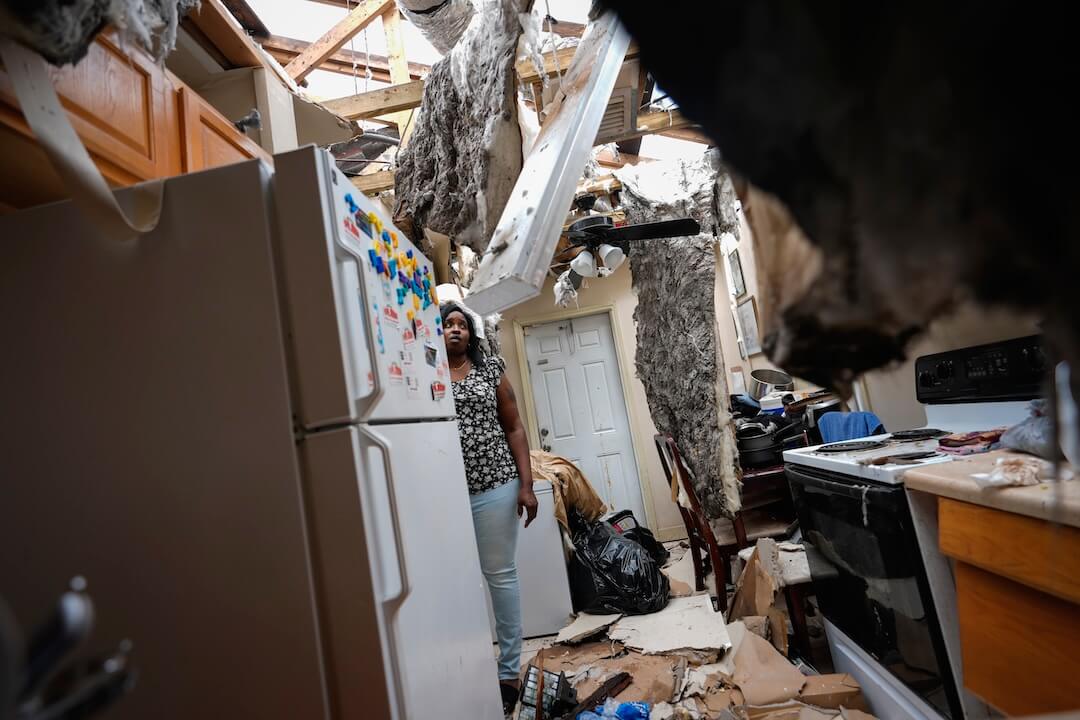1. Emphasize content. Remind students that “informational” is the first word — the information must be there in order to do a graphic.
2. Spend the first three weeks working on content only. Find stories in newspapers that have and do not have graphic potential. Have students read the stories and discuss the graphic potential in groups. Remember to include stories that have no graphic potential. Have groups create graphic strategies and present them to the class.
3. On deadline. In a one-hour class, give the students ten numbers to draw in chart form. For example, give them temperatures during the last ten days. Which chart is most appropriate for these numbers — fever? bar? pie?
4. Give students lots of exercises in charting. Help them recognize when a bar chart is appropriate, when a pie chart should be used, when a fever line is best.
5. Have each student bring in one good example and one bad example of a graphic each week. Have them write a paragraph of why it works or doesn’t work. Copy the examples onto slides for teaching purposes.
6. Gradually introduce more complicated graphic thinking and planning. Give students stories that require graphics that explain how things happened or how things work. For example, give them a story of asbestos removal. Have them determine what kind of graphics would best help the reader understand what asbestos is and how it is removed. How can readers check to see if asbestos is in their homes?
7. Have student do the research for graphic. Pollution is a good one. What kind of graphic would be helpful to explain pollution? What kind of pollution should they focus on? Who would they contact to get information? What questions would they ask?
8. Help students do visual research. Help them gather visual reference. If the story is about a crash that happened in your town, have them get maps and sketches of how the accident happened. Help them think of visual reference and research as an equally important partner with written research.
9. Recruit art students into the class in journalism schools. If the art department resists, send over your syllabus to the dean or arts. Make an appointment with that person and have her or him go over what you are covering in class. Encourage collaboration between art and journalism students. Build teams in a classroom with one artist, one journalist, one editor, and one designer. Help them depend on another as they build appreciation for each others’ specialty.
10. Show lots and lots of good and bad examples of graphics — always in context. Always show the story, always read the story. Make every single graphic have a relationship to the story.





